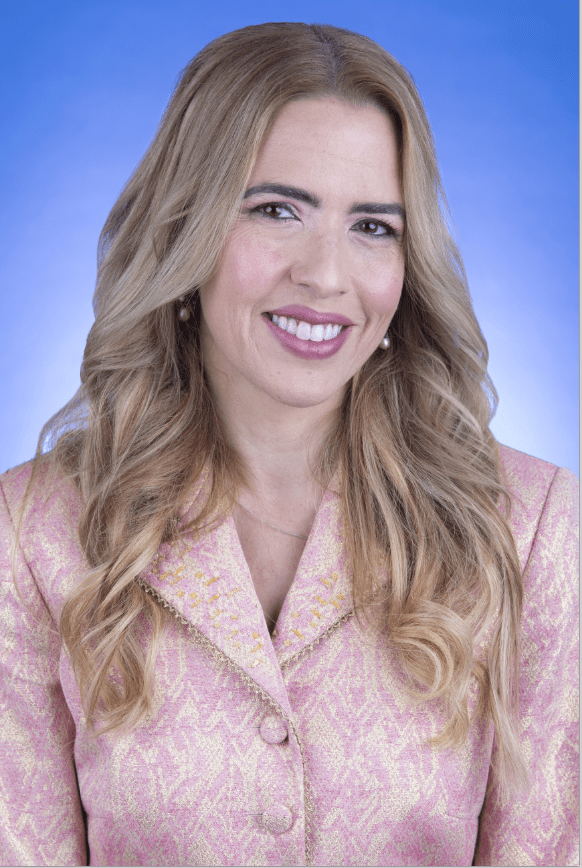|
Getting your Trinity Audio player ready...
|
Last month, Miami-Dade County’s recycling program was nearly scrapped during a heated budget fight over our ever-growing waste management challenges. If this shocks you, you’re not alone. Several county commissioners championed ending the program because it is relatively more expensive than simply burning or burying the trash we create.
One of the reasons for that is we haven’t historically done a good job of engaging our residents and businesses in this critical community-wide effort. Thankfully, earlier this year I sponsored an item which dramatically changed our recycling priorities and began educating our residents on how to better recycle. In just a few months, our recycling numbers improved by 10%, allowing us to renegotiate with the provider for a better rate. That one change helped me convince my colleagues that we needed to give recycling another chance to prove itself.
Some commissioners had argued that recycling is at worst a fraud and at best at luxury for a handful of communities. They noted that in many neighborhoods, our recycled materials are contaminated by the trash people throw into the blue bins out of carelessness or a lack of correct information. This argument is further compounded by federal and state law which considers incineration a form of recycling because it produces energy.
Recycling is complicated. It’s not the cheapest option upfront. But it’s important we learn to recycle right to reduce contamination of our land, air and water – all of which are long term expensive to fix.
Miami-Dade County produces more than 2.7 million tons of waste each year and more than half of that goes directly into landfills. Until a massive fire destroyed our incinerator earlier this year, most of the rest of our waste was burned for energy. But, fun fact, it will take us up to a decade to replace that Cold War era facility with a modern plant that produces energy more efficiently and with less pollution.
Until then, we’re burying almost everything locally, or paying to have it trucked elsewhere. The more we can do to send less to landfills and get more cost efficient at recycling, the lower the overall cost to our solid waste infrastructure – for which your taxes and fees pay every year.
There are only so many trash mountains we can build as our population expands into areas that once seemed like good places for unsightly things like landfills, incinerators and transfer stations. As our options decrease, our negotiating power with the industries we pay to handle these problems disappears. That can get very expensive.
Our recycling rates are among the lowest of any county in Southeast Florida, in part because people tend to be confused about what we can and can’t recycle. As an elected official, I recognize the vital role that regulation, education, and community engagement play in this transformative journey. As a mother, I heed the call of our youngest residents who rightfully demand that we do better to address the damage caused by failed waste management strategies.
It’s also crucial to reassess the materials we prioritize for recycling. Not all materials are equal in their environmental impact and recyclability. We need to focus on specific plastics and cardboard, materials that can be effectively recycled and repurposed. This shift allows us to maximize the impact of our recycling efforts while minimizing the strain on resources. It does little good to collect absolutely everything if only some of it is worth the effort.
For instance, in the world of plastics we need to acknowledge that we only really recycle nos. 1, 3 and 5 and move away from other materials such as glass that are better reused than recycled. By redirecting our attention towards materials with higher potential for recycling, we take a step closer to a more sustainable waste management approach that provides the best return on investment.
Another critical aspect is food waste management. Implementing composting programs not only diverts this organic material from landfills but also produces valuable compost that enriches our soil. Composting is challenging because of potential contamination from chemicals trapped in the organic material, but when done correctly it is a potent tool in our arsenal for a cleaner and greener environment. This year, I sponsored a pilot program in Pinecrest to test out how residents would respond to composting their kitchen scraps. So far, it’s proven wildly popular with hundreds of residents who feel better about creating less trash.
Government clearly can’t do this alone. We all have to decide to actively engage in sustainable practices. If we want our recycling program to stick around and get much better, education and community buy-in are critical.
As an elected official, I am committed to fostering an environment that encourages responsible waste management. We are continually refining our recycling programs, advocating for sound policies, and engaging our community to be the driving force behind a more sustainable future. Together we can build a world where waste is not a problem, but an opportunity. Learn more about how and what to recycle by checking out Miami-Dade’s recycling program at
www.miamidade.gov/global/solidwaste/recycling or by following me @commissionerregalado on Instagram.






